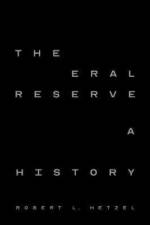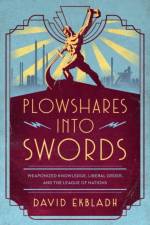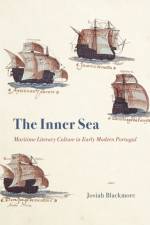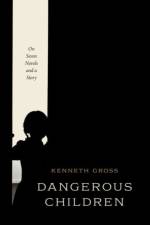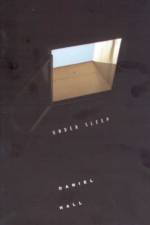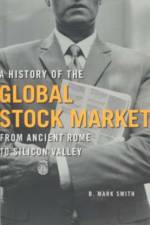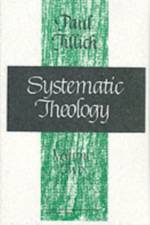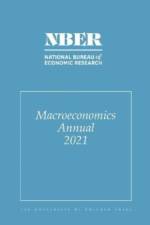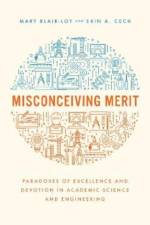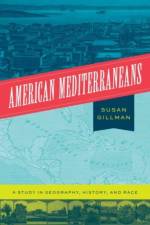av Vicki Hearne
389,-
From The Horse That, Trotting The horse that, trotting with open heartAgainst the wind, achieves bend and flow>But they never do, until too late, Bend properly and time spreads from>Of their spines, circles their tossing necks, Falls from their teeth like rejected oats, >This is where we come in, where the dropOf time congeals the air and someone >Tricks of the Light explores the often fraught relationships between domestic animals and humans through mythological figurations, vibrant thought, and late-modern lyrics that seem to test their own boundaries. Vicki Hearne (1946-2001), best known and celebrated today as a writer of strikingly original poetry and prose, was a capable dog and horse trainer, and sometimes controversial animal advocate. This definitive collection of Hearne's poetry spans the entirety of her illustrious career, from her first book, Nervous Horses (1980), to never-before-published poems composed on her deathbed. But no matter the source, each of her meditative, metaphysical lyrics possesses that rare combination of philosophical speculation, practical knowledge of animals, and an unusually elegant style unlike that of any other poet writing today. Before her untimely death, Hearne entrusted the manuscript to distinguished poet, scholar, and long-time friend John Hollander, whose introduction provides both critical and personal insight into the poet's magnum opus. Tricks of the Light--acute, vibrant, and deeply informed--is a sensuous reckoning of the connection between humans and the natural world. Praise for The Parts of Light "Hearne . . . strives to capture exactly what she knows she can't--the intense immediacy of animal consciousness, a consciousness free of the moral vagaries and intellectual preoccupations that pockmark human experience. Her style, smooth in some places, choppy in others, reflects both the wholeness of animal presence and the jarring, fragmentary nature of human reason and reflection. Hearne's poems demand participation, refuse passive enjoyment; she dares the reader to stay in the saddle."--Publishers Weekly

